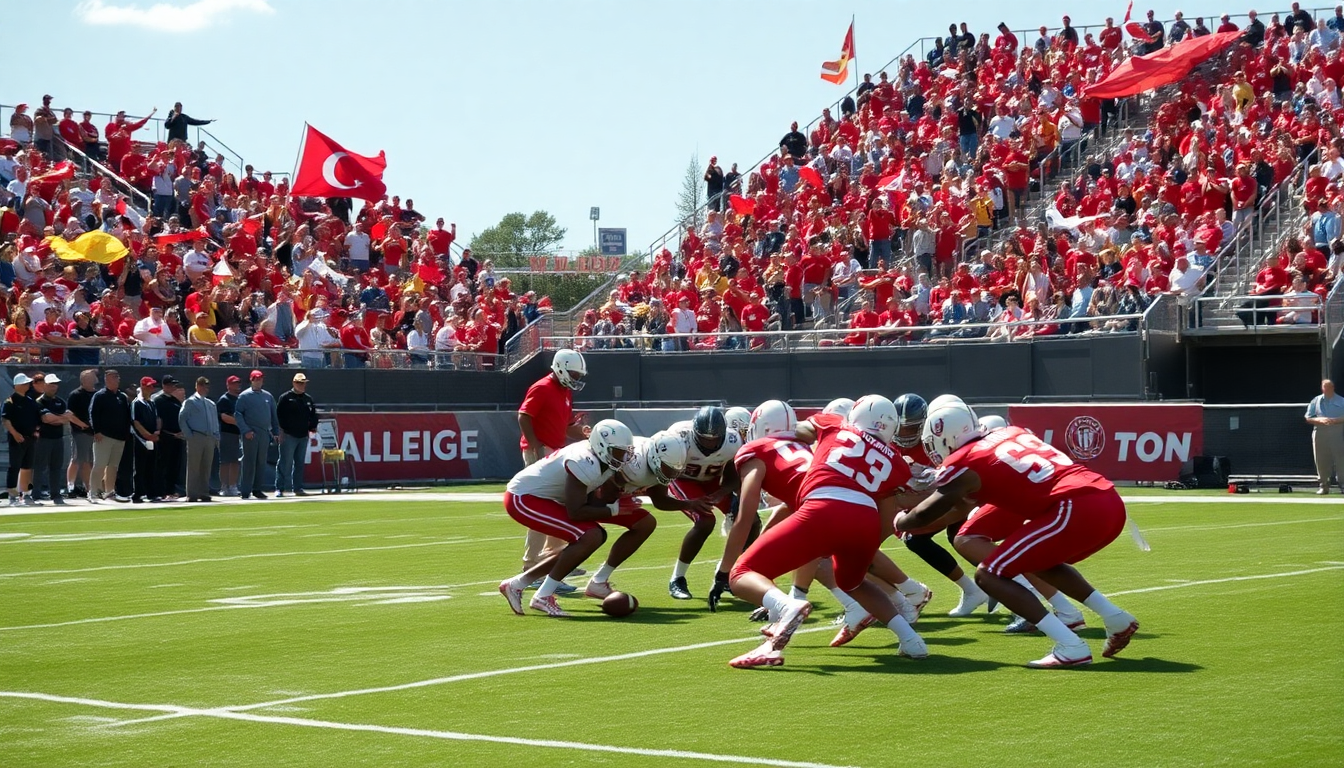Table of Contents
College football isn’t just about the teams battling it out on the field; it’s also heavily influenced by the rankings that shape their visibility and opportunities. As we gear up for the season, these rankings spark lively debates around fairness and bias—issues that can significantly impact a team’s journey.
Recently, former USC Trojans quarterback Matt Leinart highlighted the importance of blood donation, but the ongoing conversation about the credibility of college football rankings, especially those from ESPN, brings to light a different kind of urgency. A key voice in this discussion is SMU head coach Rhett Lashlee, who has openly criticized what he sees as favoritism in the rankings.
The Dynamics of the Football Power Index
Have you ever wondered how rankings are calculated? ESPN’s Football Power Index (FPI) is a sophisticated tool designed to assess team strength and predict future performance. It aims to provide a reliable forecast of how teams might fare as the season unfolds.
Back in June, the FPI had SMU ranked at No. 20, a solid position as they headed into the 2025 season. However, this ranking raised some eyebrows, particularly when compared to ACC teams like Miami and Clemson, which were ranked No.
9 and No. 11, respectively. Such discrepancies inevitably lead to questions about the integrity of these rankings and the criteria behind them.
When ESPN rolled out its updated rankings, SMU only climbed one spot to No. 19, despite coming off a successful season that included an unexpected trip to the College Football Playoff.
This minimal rise prompted Coach Lashlee to slam the ranking system, calling it a farce. He argues that there’s a systemic bias that undermines the accomplishments of teams outside the traditional powerhouses, underscoring the need for a more equitable approach to how rankings are determined.
Concerns About Fairness in Rankings
Coach Lashlee’s frustrations echo a wider sentiment within the college football community. He has been vocal about the perceived disrespect faced by teams from conferences like the ACC and Big 12, especially when stacked against the more dominant Big Ten and SEC. His point about the SEC being ‘top-heavy’ highlights a long-standing trend where only a select few schools consistently dominate the championship scene, raising questions about the overall competitiveness within the conference.
Lashlee’s remarks resonate with many teams striving for recognition in a highly competitive landscape. He notes that while some leagues boast about their depth, the reality is that only a handful of schools have clinched championships in recent decades. This pattern often leads to a lack of respect for programs that have shown their capabilities on the field.
The Road Ahead for SMU
As SMU gears up for the upcoming season, the focus shifts to how they can leverage their potential to improve their standing in the rankings. Their opening game against East Texas A&M on August 30 will be pivotal in setting the tone for the season. Coach Lashlee is determined not just to lead his team to victory, but also to shift the narrative surrounding their program and earn the respect it deserves in the college football arena.
This season presents a golden opportunity for SMU to prove they belong among the elite teams, regardless of the rankings. With a strong performance, they can challenge the perceptions that have historically favored certain conferences and teams, creating a ripple effect that could reshape future rankings and open new doors for opportunities.





